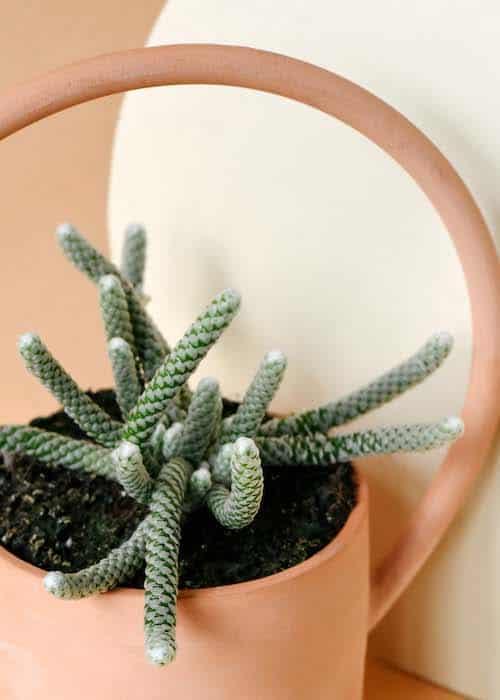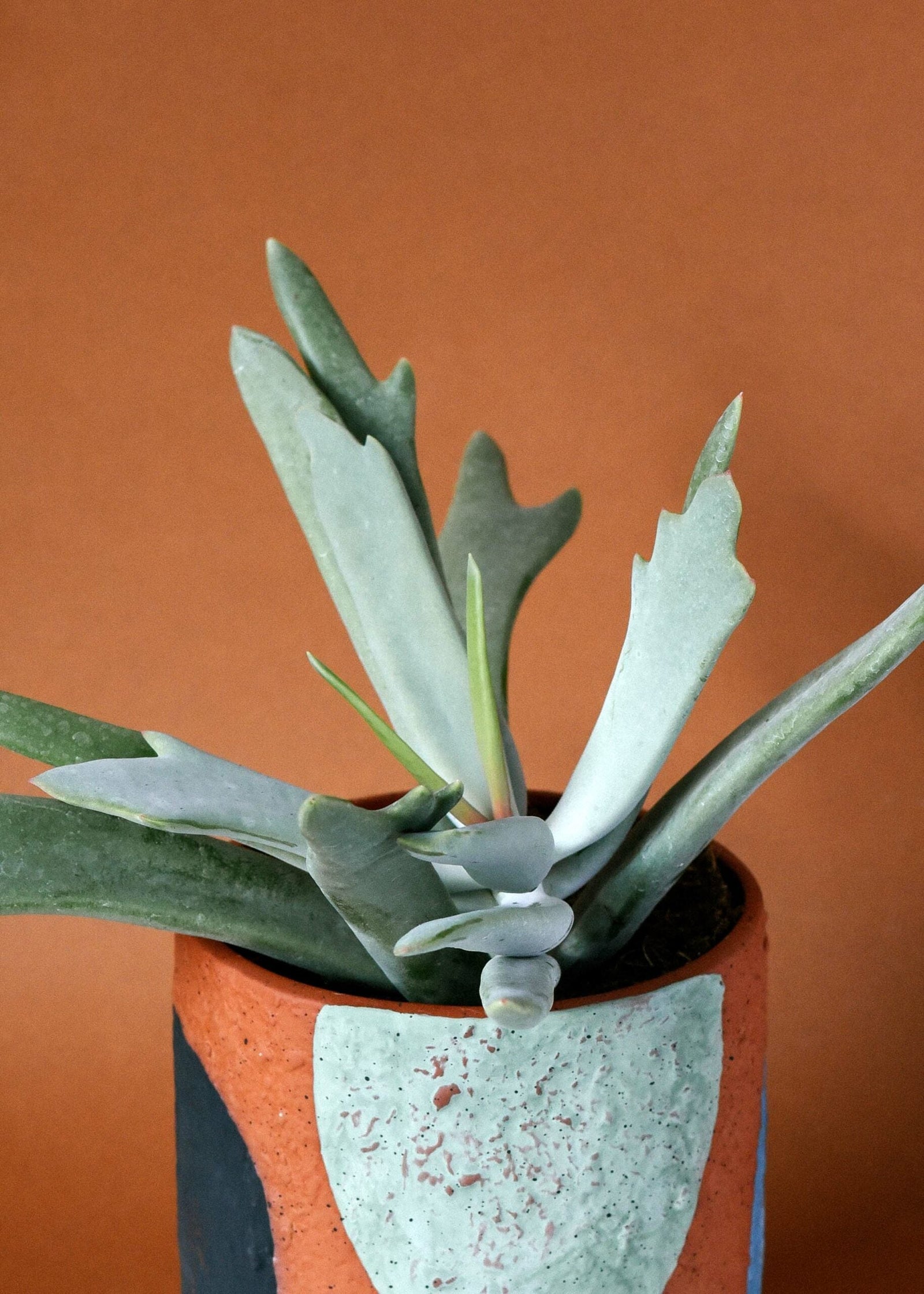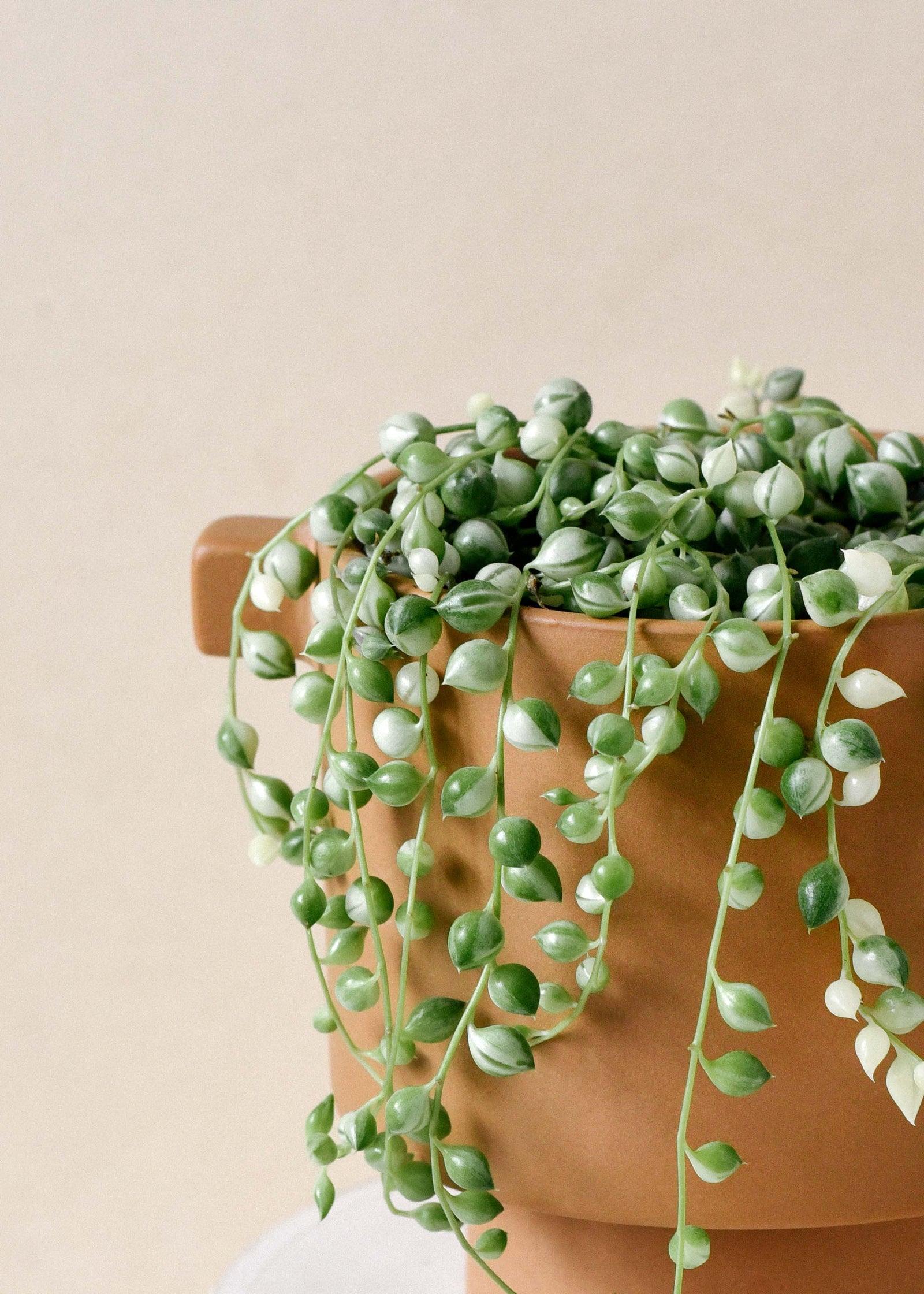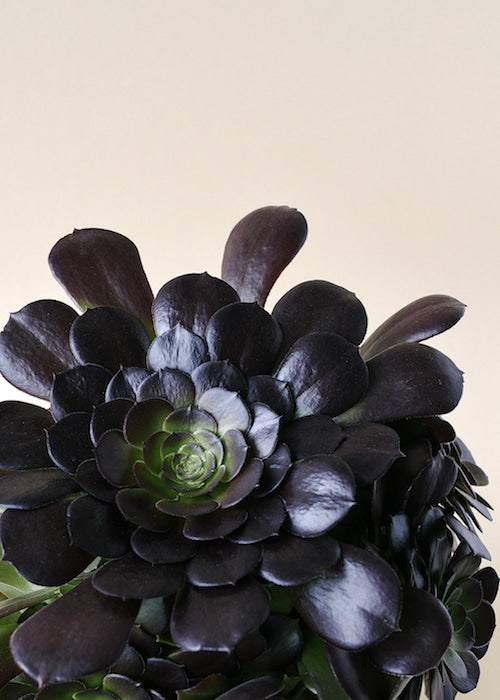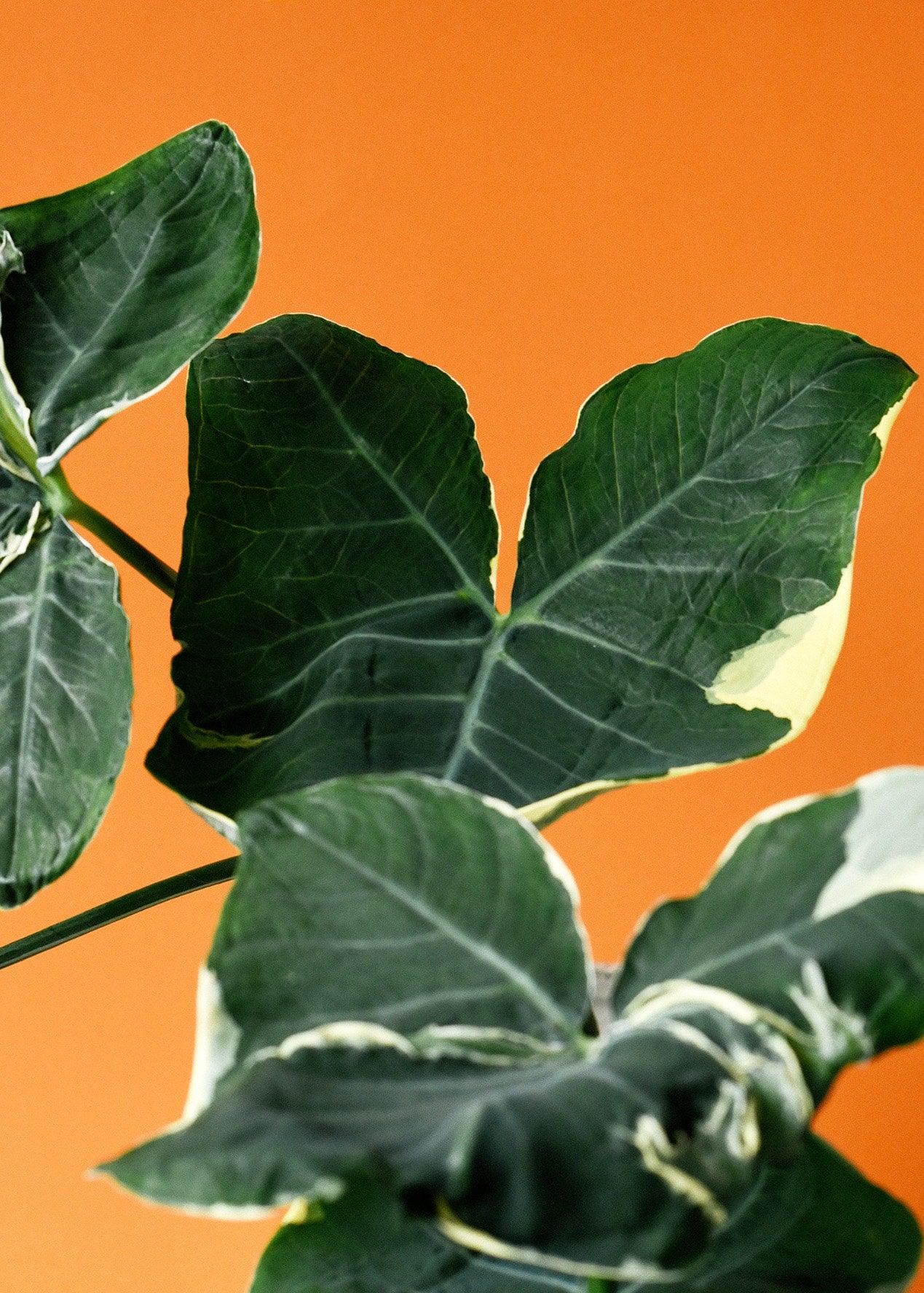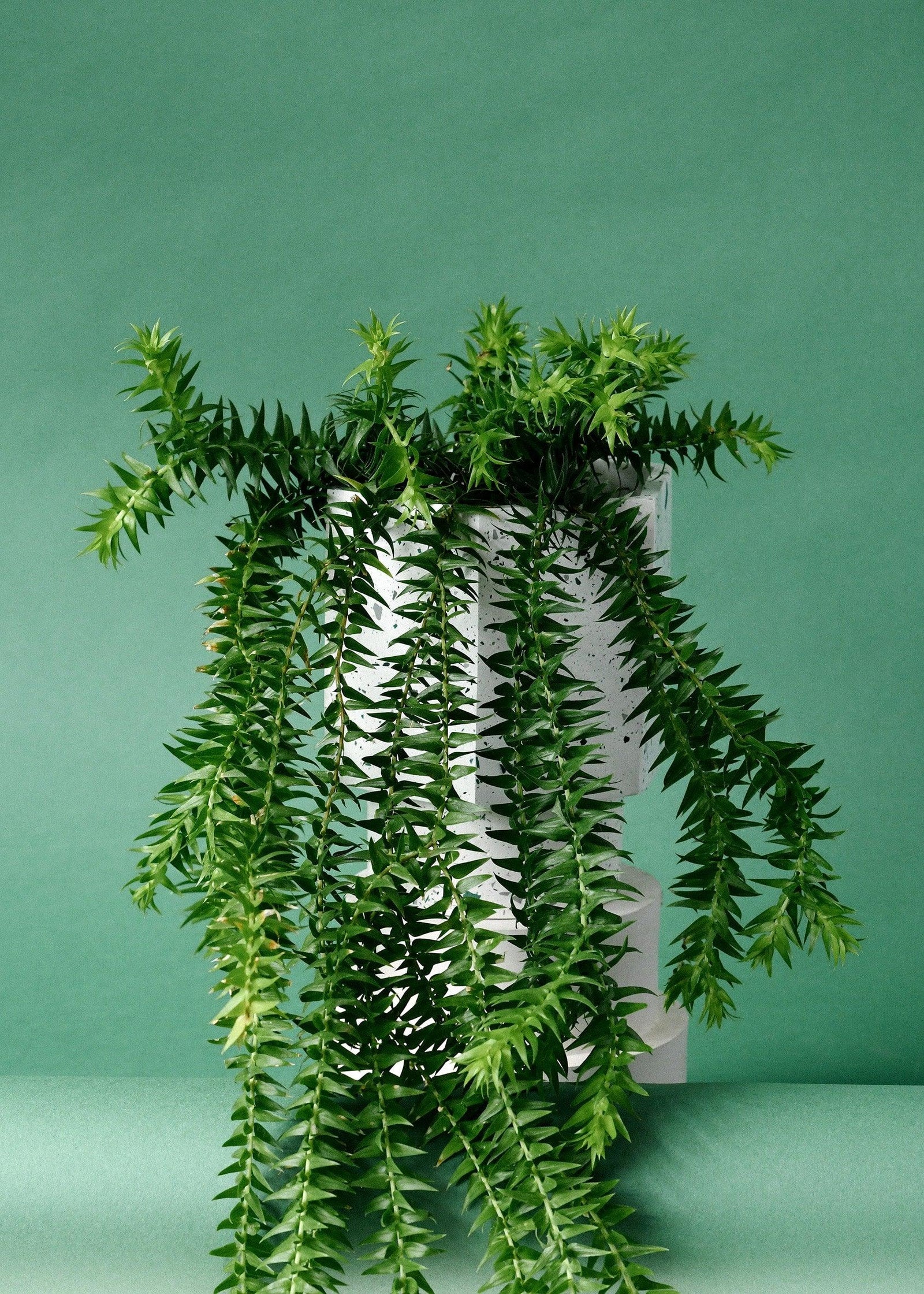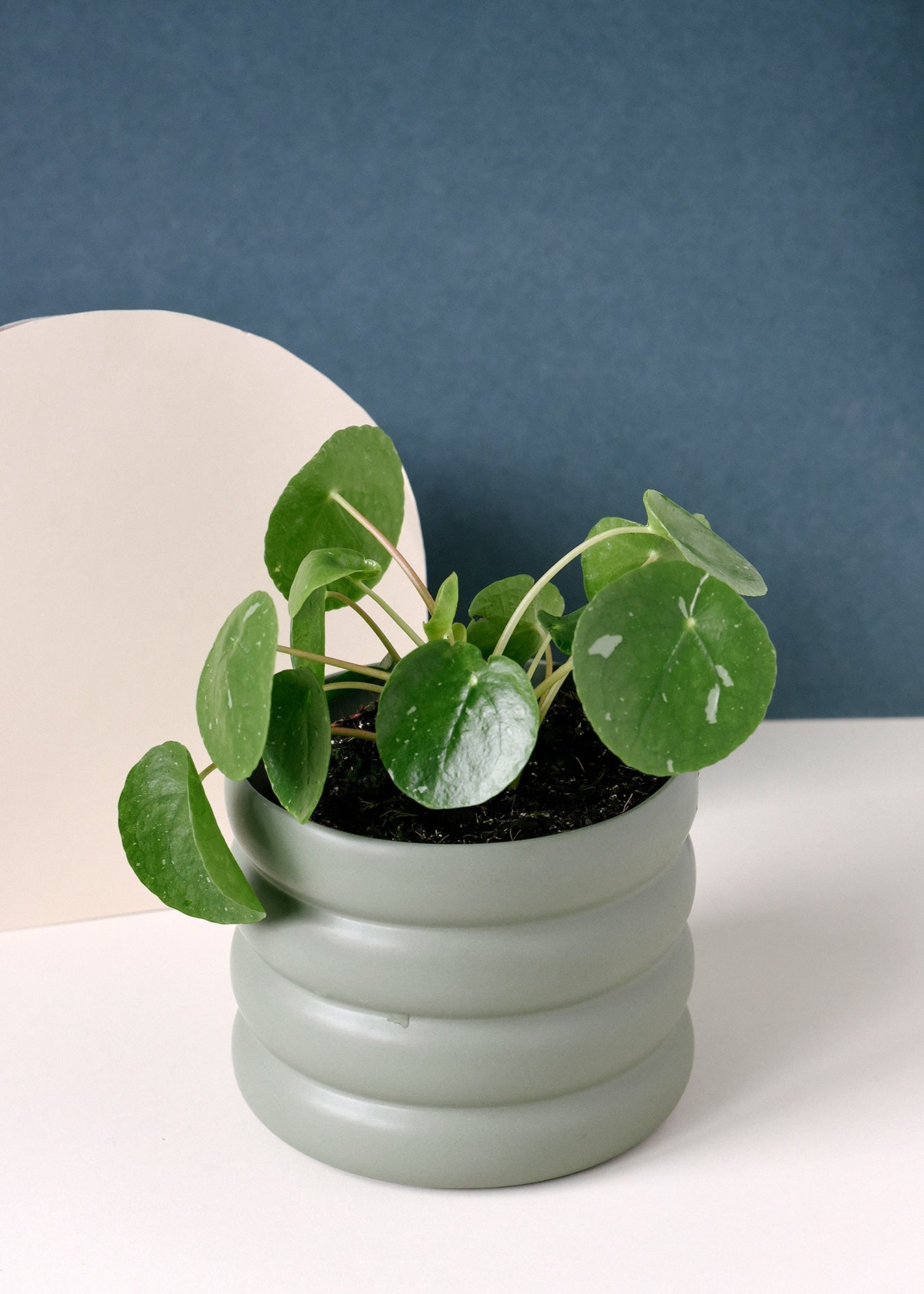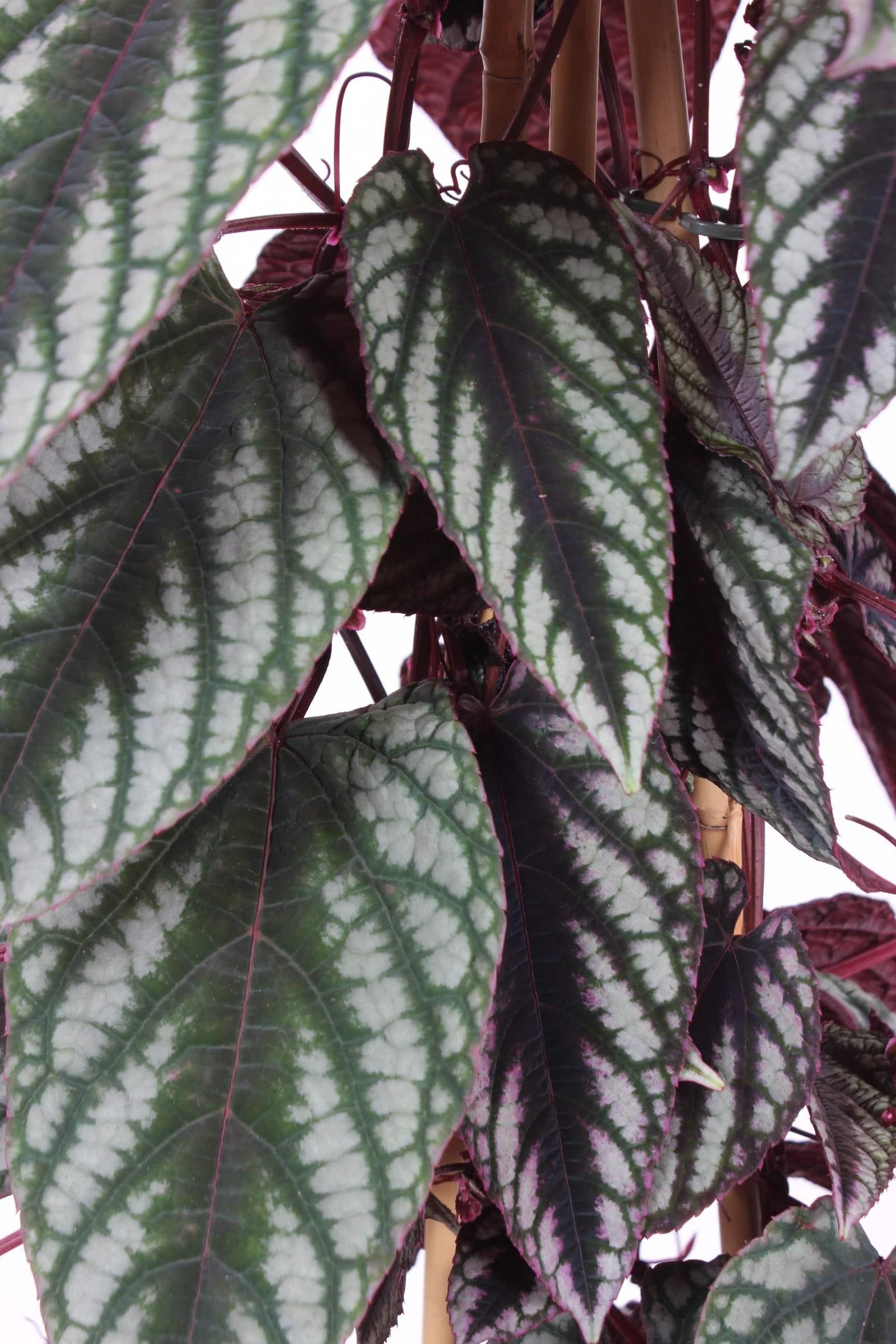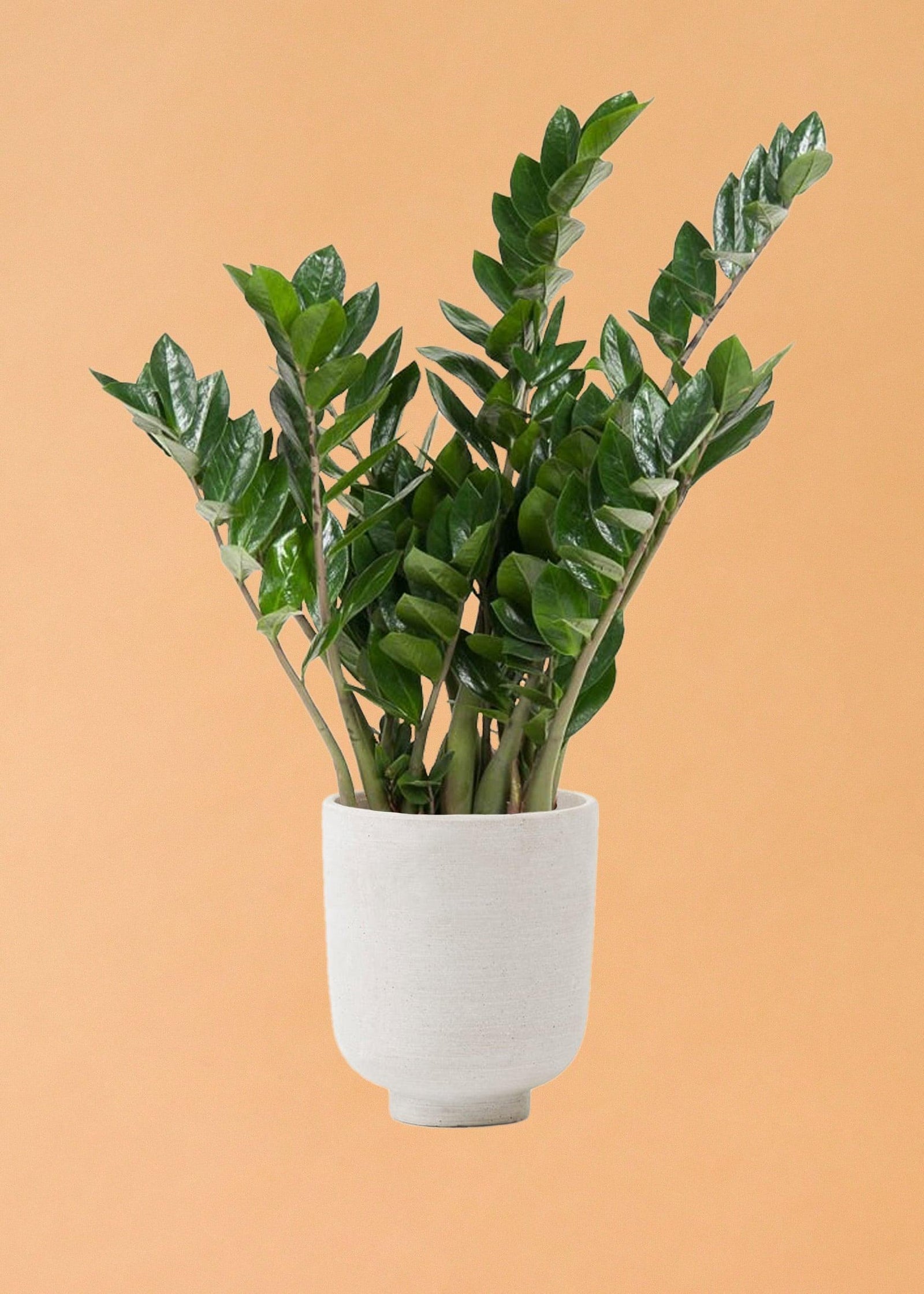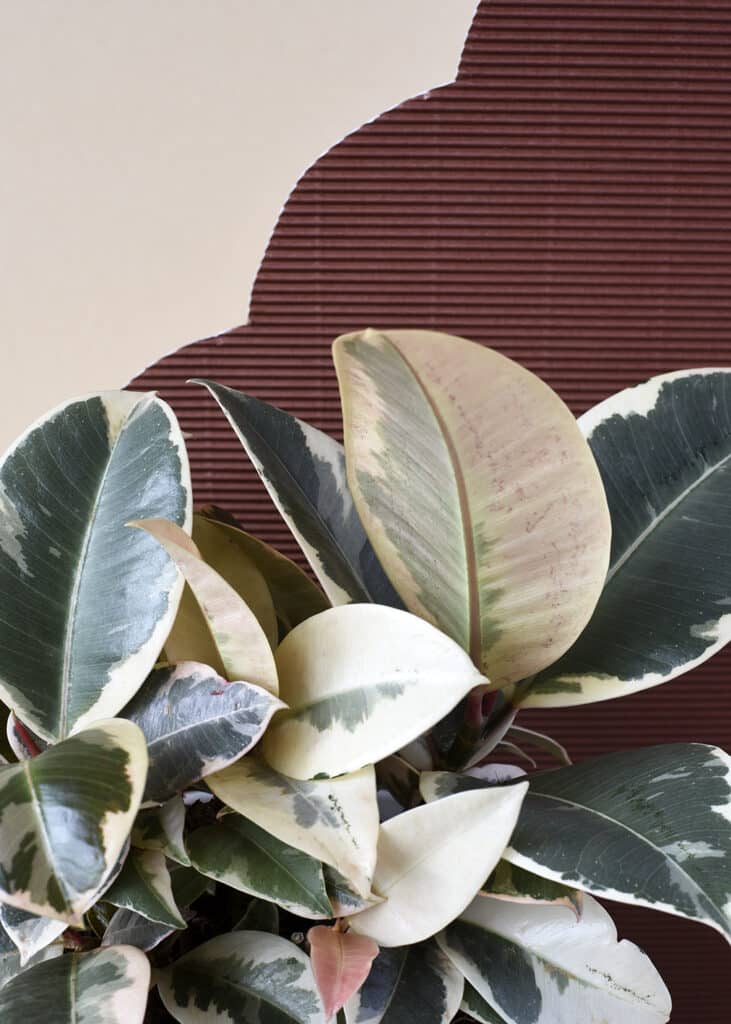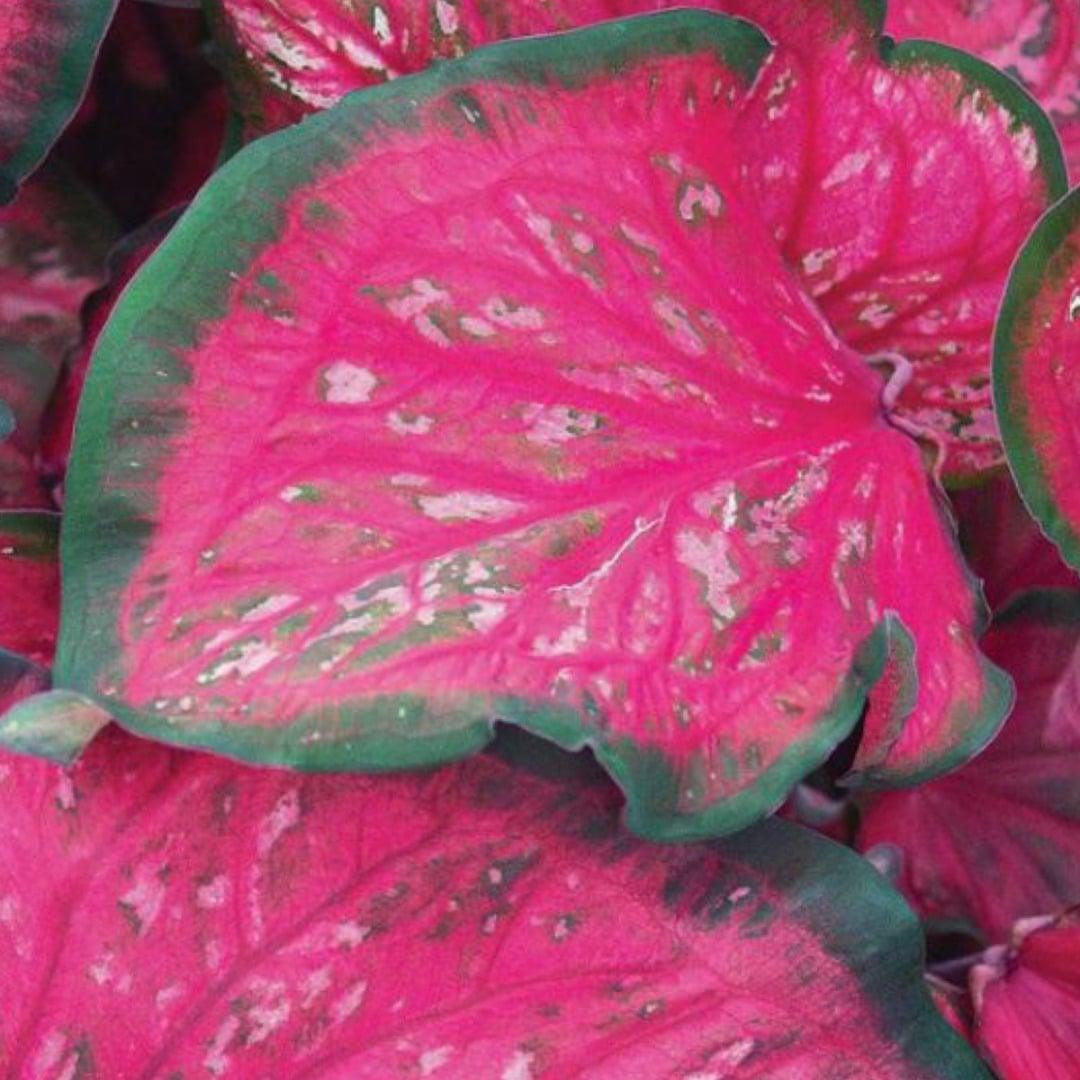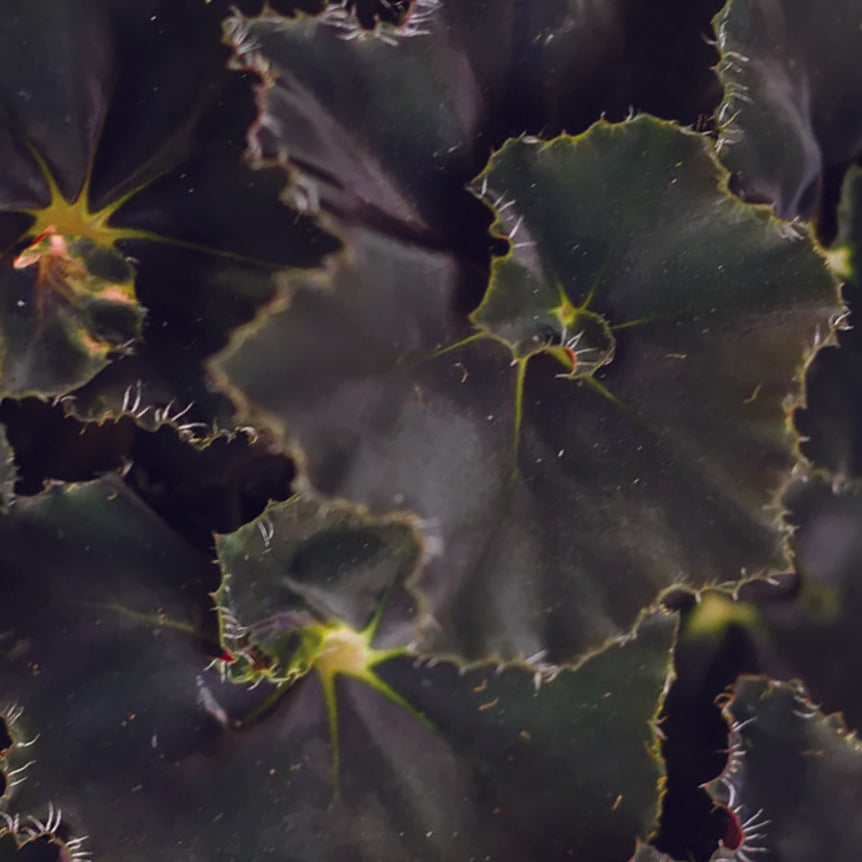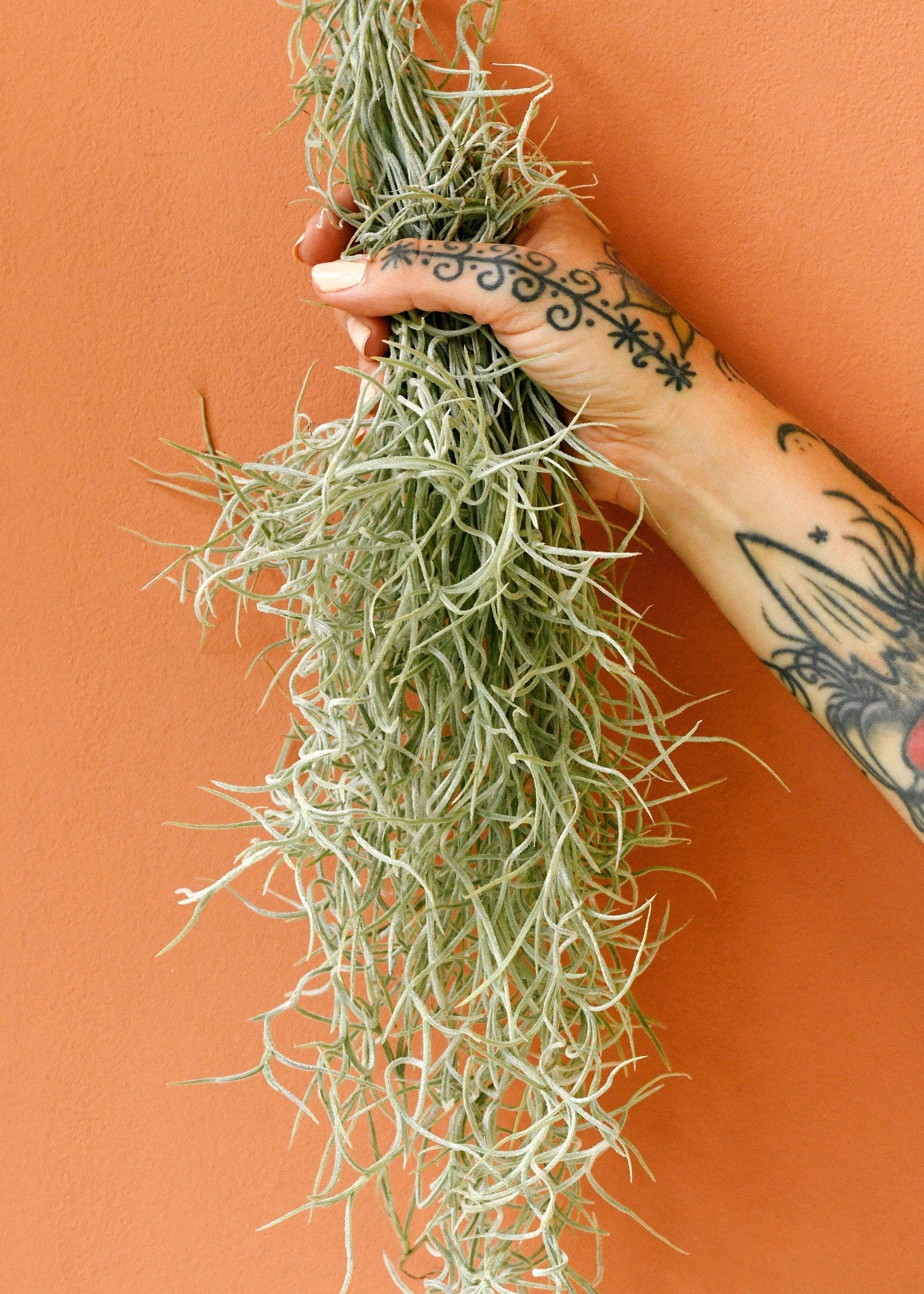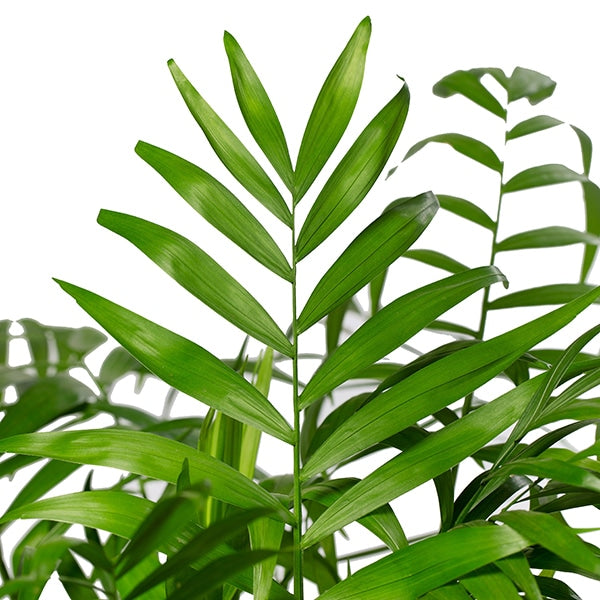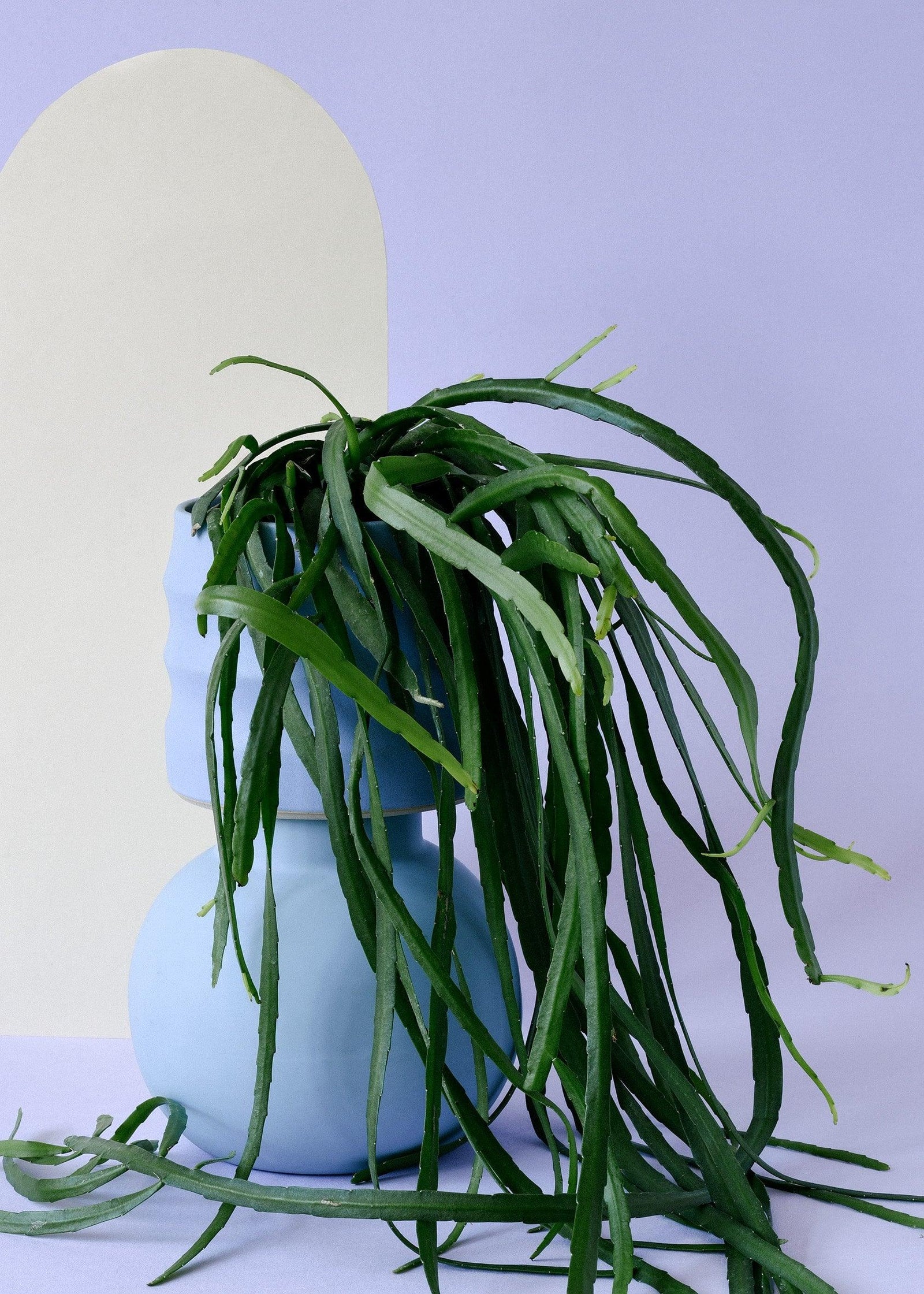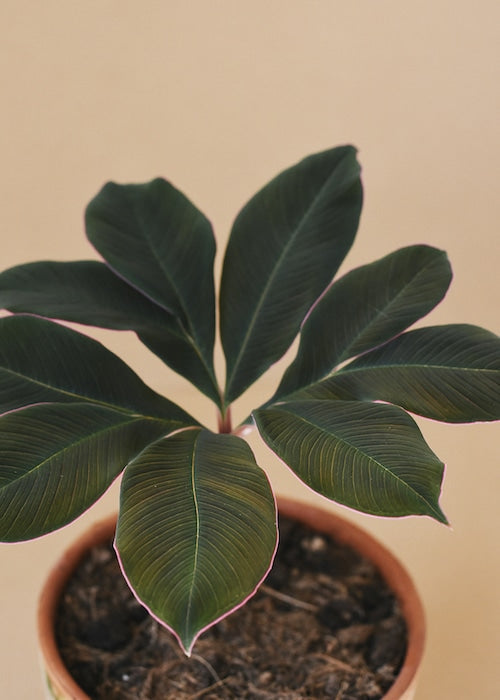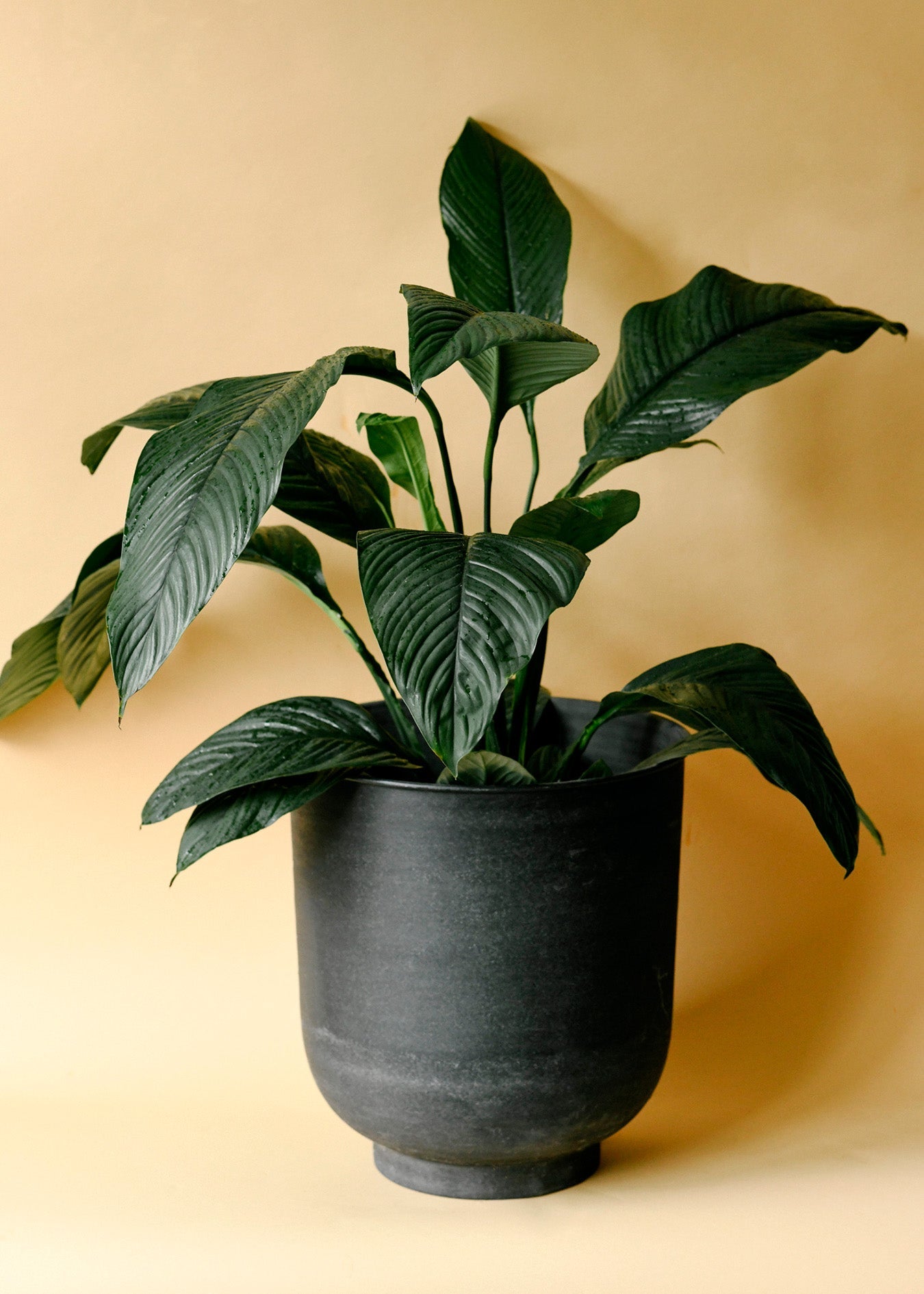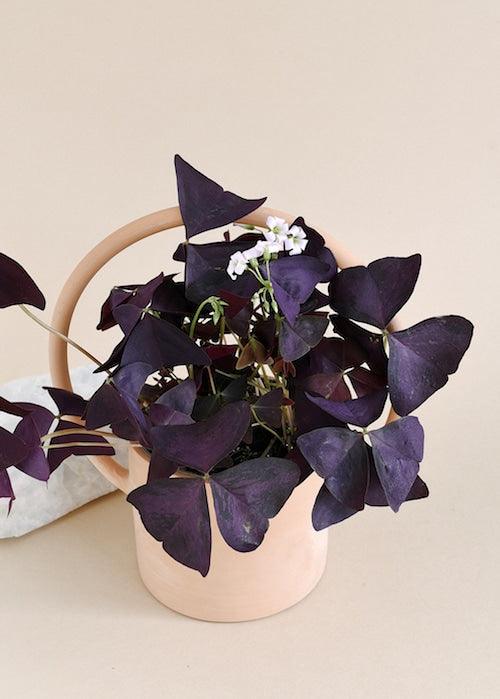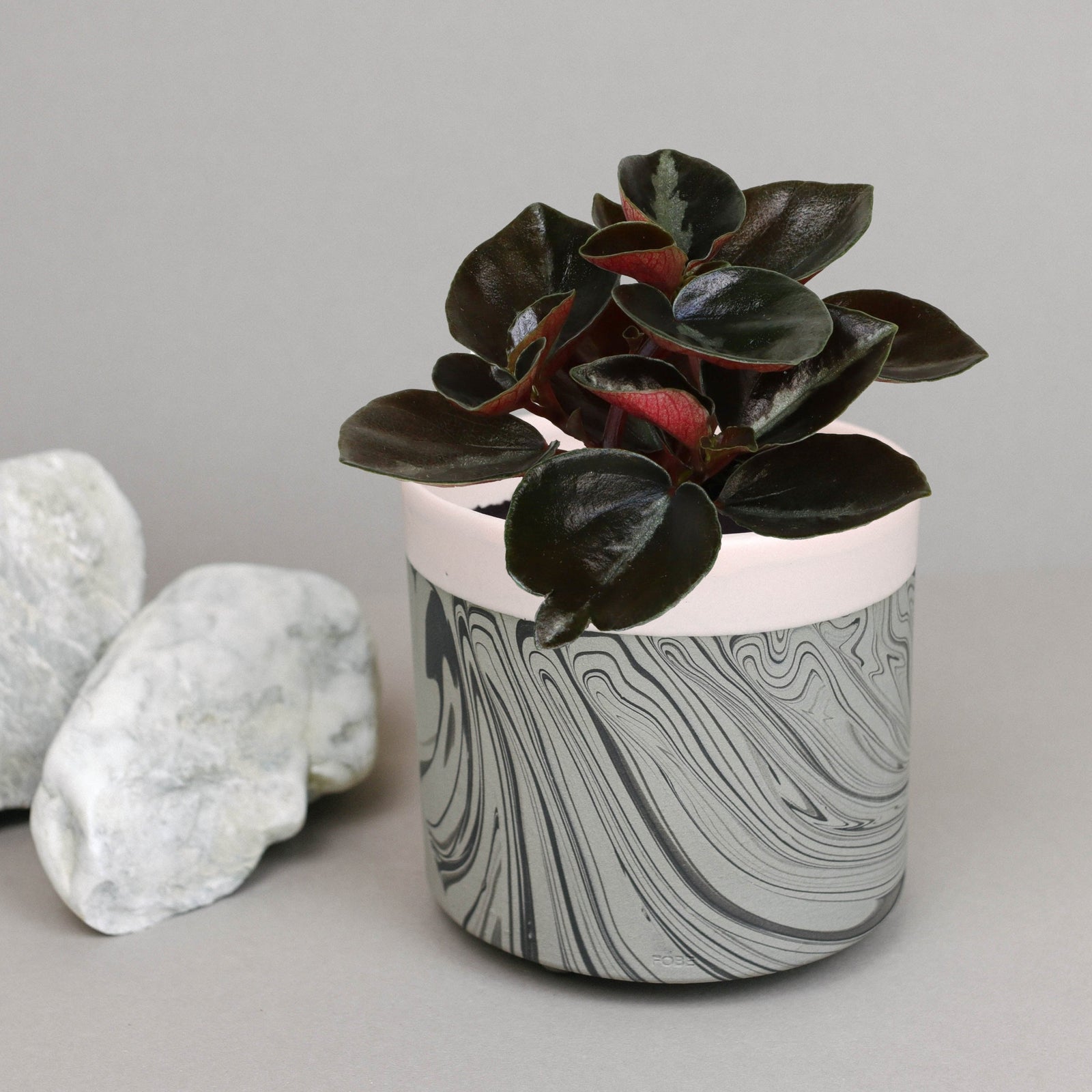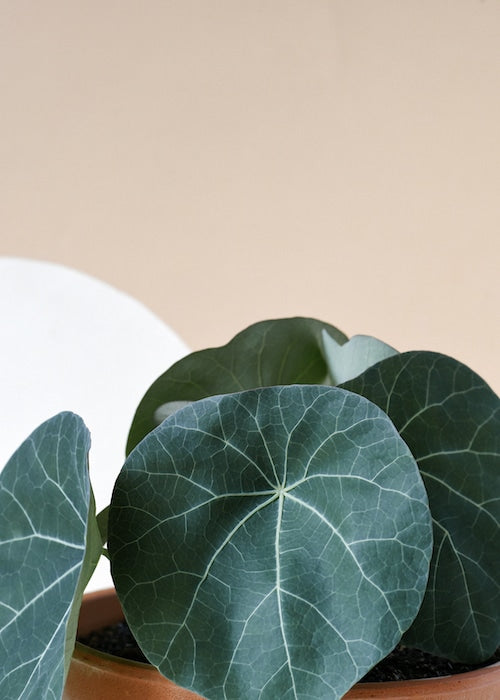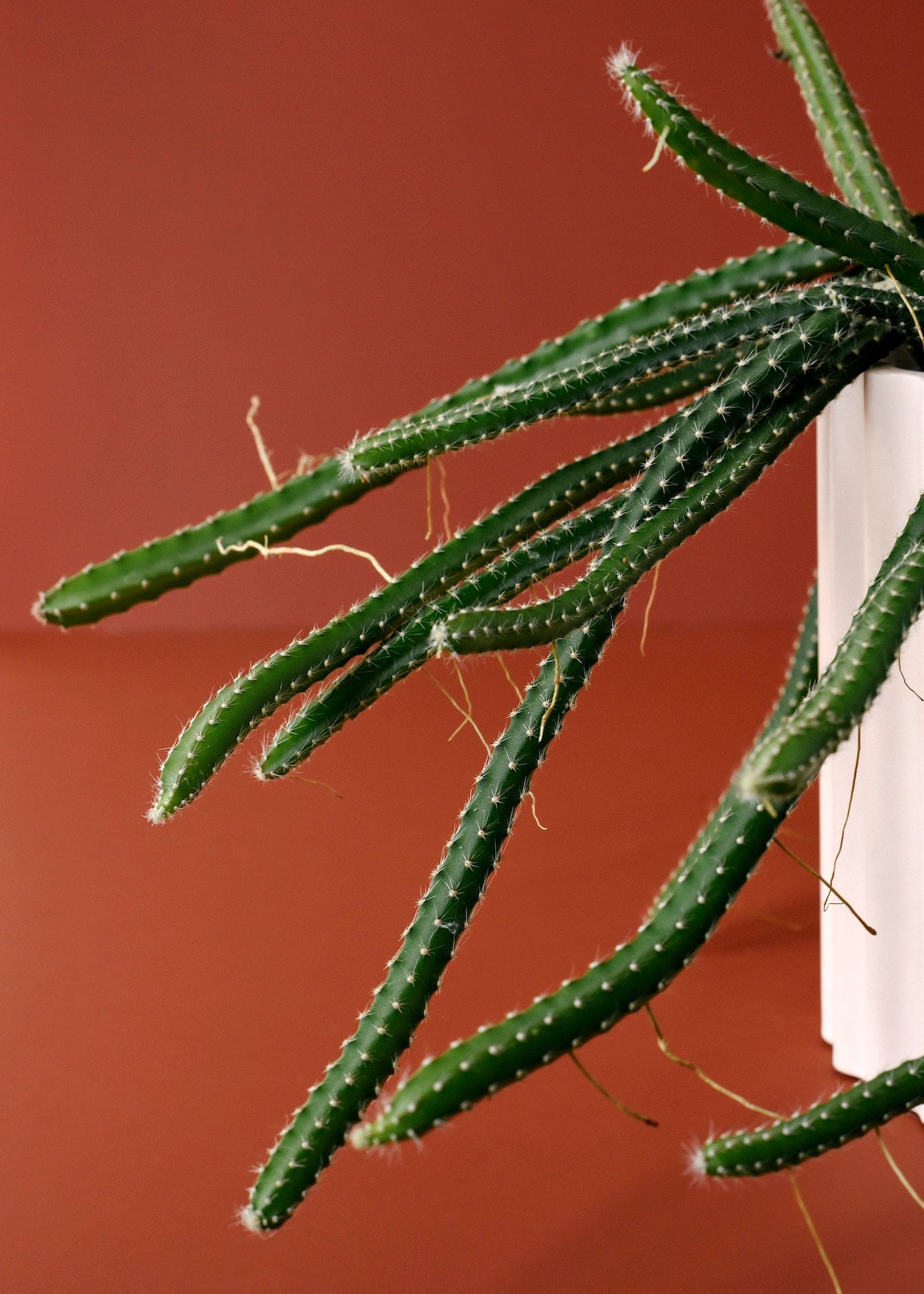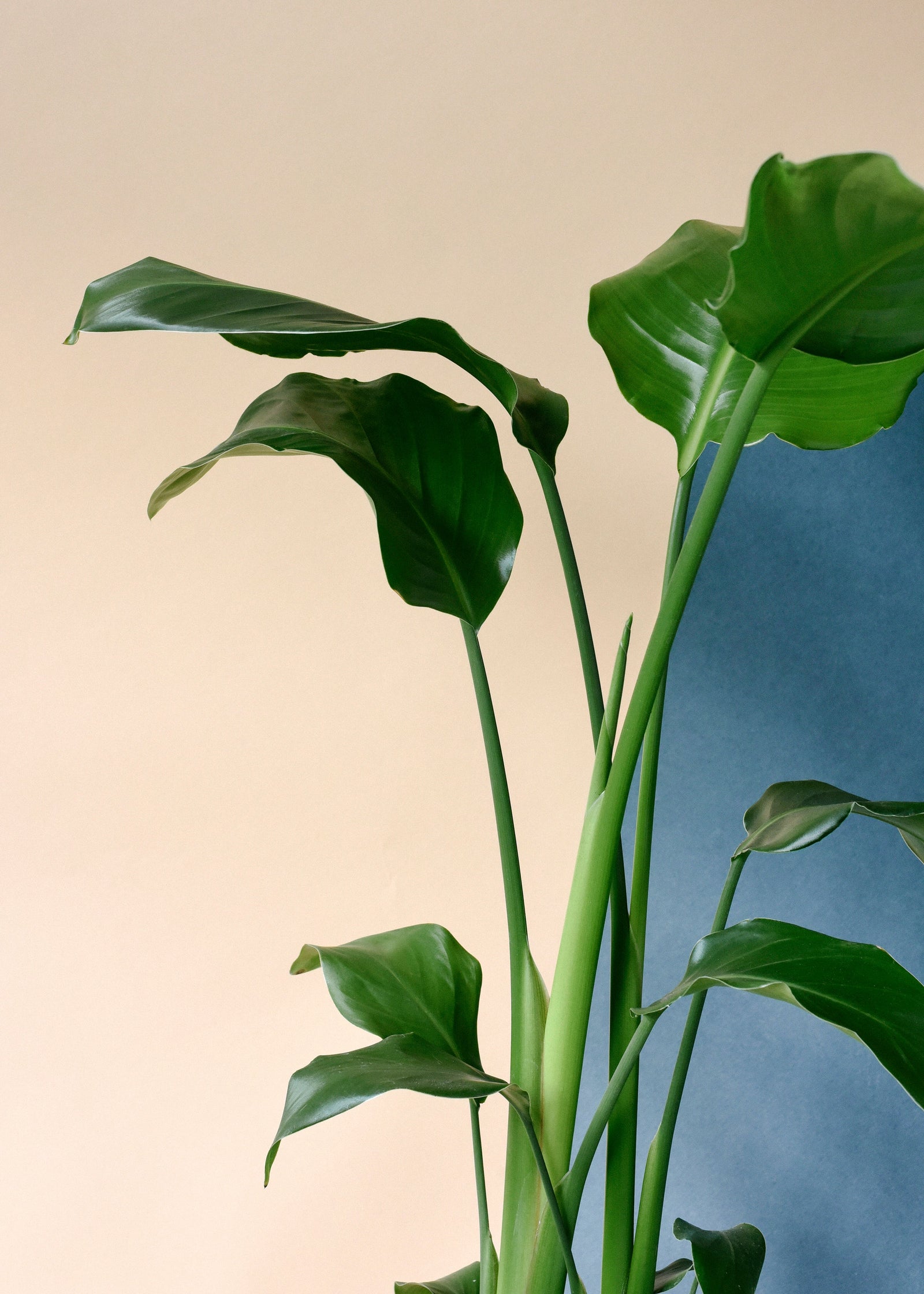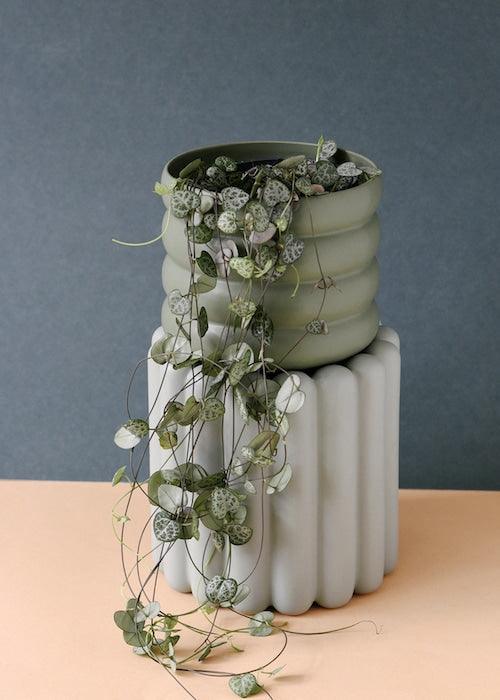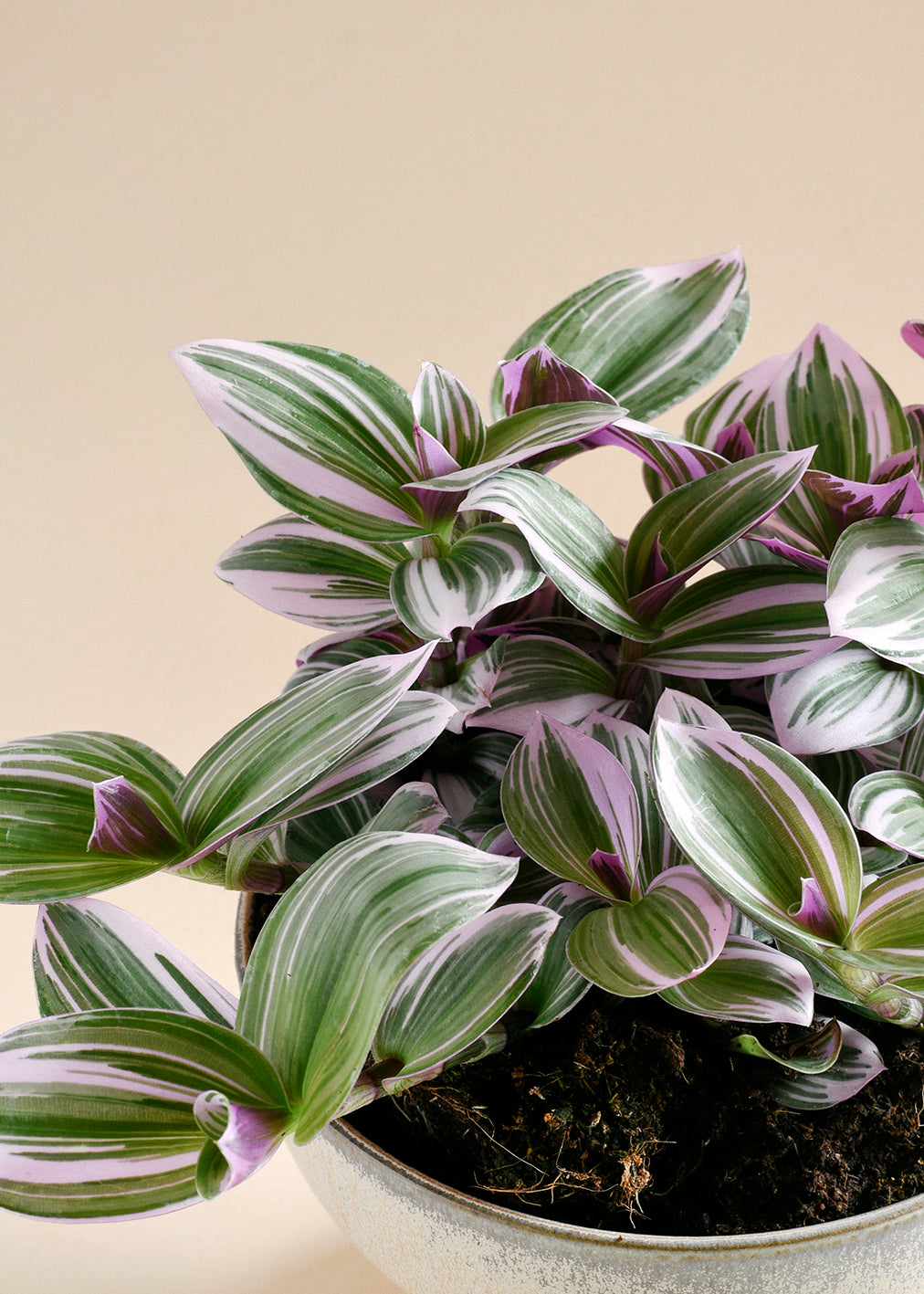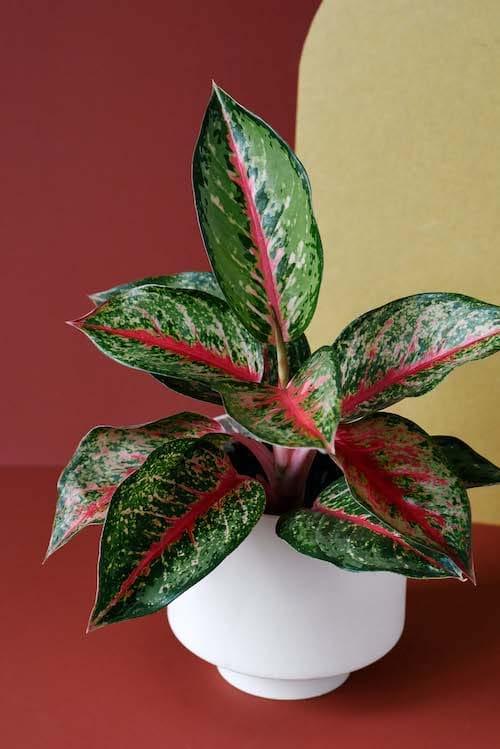Welcome to your go-to guide for growing and caring for Sonerila plants. Known for their striking foliage and vibrant colors, Sonerila is a must-have for plant enthusiasts looking to add a touch of the exotic to their indoor garden. This guide will ensure your Sonerila thrives in your home environment.
Care Summary
| Aspect | Details |
|---|---|
| Light | Bright, indirect light, no direct sunlight |
| Watering | Keep the soil moist at all times but not soggy wet |
| Humidity | High, 70%+, best kept in terrarium conditions |
| Soil | Peat-moss-based, with added leaf mold and coarse sand for good drainage. Will also do well in loose sphagnum moss |
| Pruning | Prune lightly to remove dead or yellowing leaves |
| Toxicity | Non-toxic and pet-friendly |
Lighting Tips
Sonerila thrives in bright, indirect light. Avoid direct sunlight as it can scorch the leaves. A north-facing window or a spot that receives filtered light is ideal for promoting vibrant leaf color and growth.
Watering Advice
Watering your Sonerila correctly is crucial. The soil should be kept consistently moist. Water the plant when the top inch of soil feels dry to the touch, but be careful not to overwater as this can lead to root rot.
Humidity Needs
Sonerila plants require high humidity levels, ideally over 70%. A terrarium setup can be perfect, or you can increase humidity by placing a humidifier nearby or using a pebble tray with water.
Soil and Fertilization
Use a peat-moss-based soil with good drainage. Adding leaf mold and coarse sand will help ensure the roots do not sit in water. Fertilize bi-weekly during the growing season with a balanced, diluted houseplant fertilizer to support growth.
Pruning and Maintenance
Prune your Sonerila to maintain shape and remove any dead or yellowing leaves. This not only keeps your plant looking tidy but also encourages new growth by redirecting energy to healthy leaves.
Why We Love It
The Sonerila is a stunning addition to any plant collection with its unique foliage and non-toxic nature making it perfect for homes with pets. Its need for high humidity can help in adding a touch of the tropics to your indoor space, enhancing both the air quality and the aesthetics of your home.



